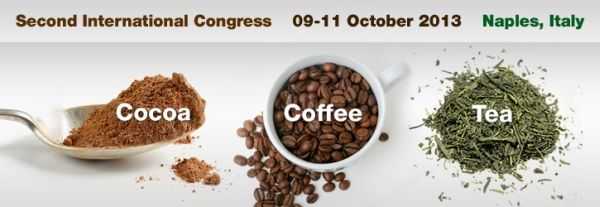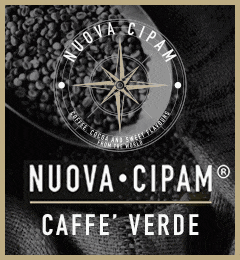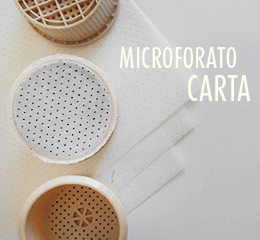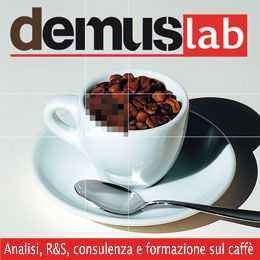Basso M.1, Loaec G.1, Niquet-Leridon C.1, Tessier F.J.1, Jouquand C.1
1 Institute Polytechnique LaSalle Beauvais, EGEAL unit, Beauvais, France. E-mail: celine.jouquand@lasalle-beauvais.fr
The Maillard reaction is of great importance for the quality of foods, especially for heated foods. This reaction induces the formation of neo-formed compounds, the Maillard reaction products (MPRs). These compounds can have a positive effect on the eating quality of foods through the formation of flavour compounds but the presence of MRPs brings with it toxicological implications such as the formation of acrylamide, a compound classified as probably carcinogenic to humans.
The coffee substitutes made of roasted chicory are greatly affected by the formation of acrylamide whose main precursor is asparagine (Asn). In order to develop mitigation strategies for coffee substitutes, Loaec et al. (2013) investigated the impact of the Asn content (153 to 214 mg/100g dry matter) in five varieties of chicory roots (raw material) on the acrylamide formation after roasting the different varieties.
They reported a significant reduction in the acrylamide content for the variety with the lowest content of Asn. They also worked on the effect of the amount of nitrogen fertilizer applied to the soil on the Asn content of chicory roots and the acrylamide formation in the roasted versions of these [1].
These changes in the Asn content could also affect the formation of the flavour compounds and so the eating quality of the roasted chicory.
Only a few studies dealt with the sensory characteristics of this [2; 3]. For this reason, the goal of our study was to identify the flavour compounds in the five varieties previously mentioned and to reveal the impact of the composition of the raw material and the agronomic factors on their aroma profile.
The main compounds were thermally heterocyclic compounds such as furans, pyrazines, and pyrroles. Furfural was the most abundant compound in all varieties. Generally, the five varieties had similar aroma profiles whatever the content of Asn. However, preliminary data showed that the relative concentration of pyrazines significantly decreased when the amount of nitrogen present in the soil also decreased. Pyrazines were reported as active aroma compounds in roasted chicory providing nutty and potato notes [2].
That’s why the sensory characteristics of these varieties will be evaluated to measure the impact of the decrease in pyrazines.
References
[1] Loaec, G. et al. Mitigation of acrylamide formation in coffee substitute through changes in raw material composition. Second international congress on cocoa, coffee and tea. 2013
[2] Baek, H.H. et al. Roasted chicory aroma evaluation by gas chromatography/mass spectrometry/olfactometry. 1998, 63, 234-237.
[3] Geel, L. et al. Relating consumer preferences to sensory attributes of instant coffee. 2005, 16, 237-244.














